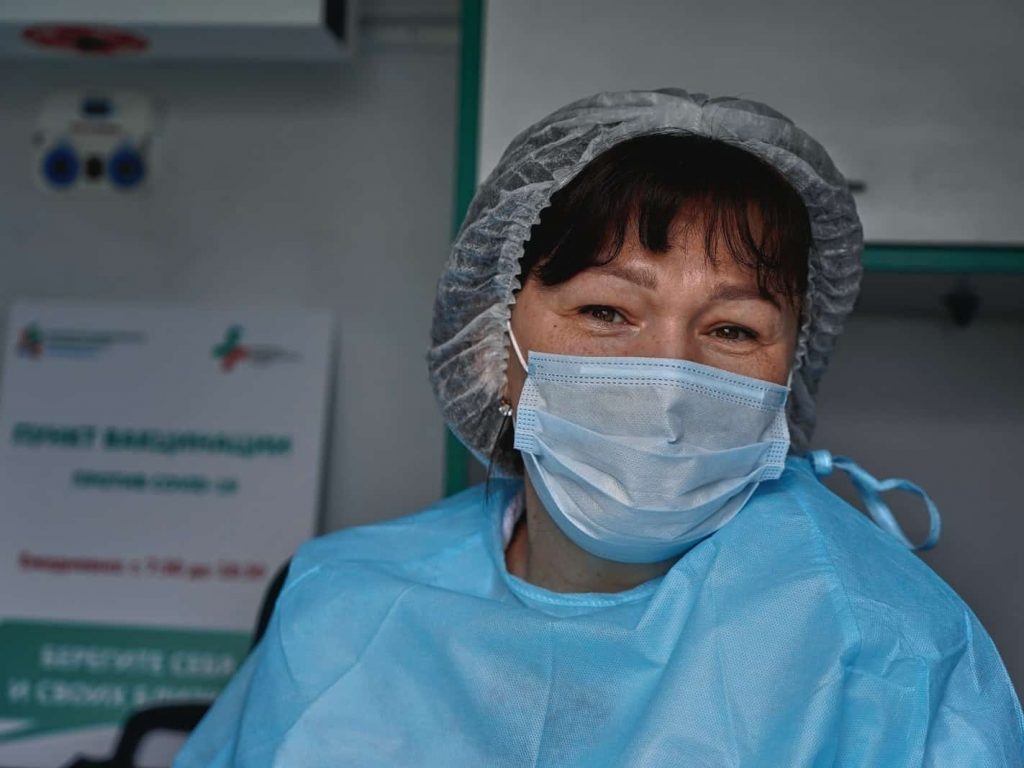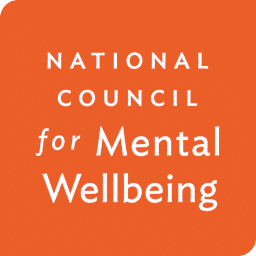What are Opiates?
Opiates are natural ‘opioids’ and chemical compounds that are refined and extracted from poppy plants. They are naturally derived from the poppy seeds or poppy fibers. The most common opiates are heroine, morphine, and codeine. The phrase “synthetic opioid” is redundant because practically all opioids are manmade in a lab or synthesized. Opiates are naturally occurring, but opioids are manufactured and considered manmade.
What are Opioids?
Opioids are chemical compounds that generally are not derived from natural plant matter. Most opioids are “made in the lab” or “synthesized.” Some opioids— hydromorphone (Dilaudid), oxycodone (Percocet, Oxycontin) , hydrocodone (Vicodin), — may be partially synthesized from the chemical qualities of opium. Other popular opioids are designed and manufactured in laboratories.
Opiates Versus Opioids?
The main difference between opiate and opioid drugs are how they are made. Opiates and opioids are both prescribed medications that are used to treat moderate to severe pain as well as chronic pain. They may be prescribed for pain relief, cough suppression, diarrhea suppression, anesthesia and for treatment of an opiate/opioid use disorder. Both opiates and opioids may also be used illegally and result in substance abuse or a substance use disorder.
Types of Opiates
The most common opiates are morphine, opium, heroin and codeine.
Opium
Opium is a depressant drug, that works in the body by slowing down messages that travel between the brain and body. It works by reducing pain signals, which results in euphoria and pain relief. The opium poppy from which opium is derived is one of the earliest plants in which was used for medicinal purposes.
Morphine
Morphine belongs to a class of drugs known as opioid analgesics and it is used to treat severe pain. It works in the brain and central nervous system to change how your body responds to pain.
Codeine
Codeine is used to relieve mild to moderate pain. It is included in a group of pain medications called narcotic analgesics. This prescription drug acts on the central nervous system resulting in pain relief.
Heroin
The illegal drug, heroin is a brown or white powder or a black, sticky goo. It is an opioid drug made from morphine, a natural substance in the seeds of the poppy plant derived in Asia. It can be combined with water and injected intravenously. Heroin can also be snorted or smoked. No matter what way you take heroin, it enters the brain very quickly, making the risk for drug abuse and an opioid use disorder much higher.
Types of Opioids
There are many types of opioid pain relievers that are prescribed by a physical health care provider for severe or moderate pain.
- Dextromethorphan (available in the U.S. without prescription as, e.g., NyQuil, Robitussin, TheraFlu, Vicks)
- Methadone (e.g., Dolophine)
- Dextropropoxyphene (e.g., Darvocet-N, Darvon)
- Hydrocodone (e.g., Vicodin)
- Carfentanyl/carfentanil (e.g., Wildnil, for veterinary use)
- Fentanyl/fentanil (e.g., Ultiva, Sublimaze, Duragesic patch)
- Loperamide (e.g., Imodium)
- Meperidine (e.g., Demerol)
- Oxycodone (e.g., Oxycontin, Percocet)
- Oxymorphone (e.g., Opana)
What are Prescription Opioids?
Opioid analgesics – also known as prescription opioids, are medications that have been used to treat moderate to severe chronic pain in patients. The most commonly used opioids are prescription opioids, such as OxyContin and Vicodin fentanyl, a synthetic opioid that is somewhere from 50–100 times more potent than morphine.
What are Opioid Receptors?
Opioid receptors are found in the nervous system, where they are embedded in the outer membrane of nerve cells (neurons). When endogenous or exogenous opioids attach (bind) to the receptors, the interaction triggers a series of chemical changes within and between neurons that leads to feelings of pleasure and pain relief.
Can you Overdose on Opiates?
Yes, fatal overdose is is possible when using opiates. From a 2019 study, 72.9% of opioid-involved overdose deaths involve synthetic opioids and included 49,860 overdose deaths (70.6% of all drug overdose deaths). The signs and symptoms of an opioid overdose related to taking these drugs include:
- Extreme sleepiness/inability to wake up
- Unconsciousness
- Cool, clammy skin
- Constricted pupils
- Nausea/Vomiting
- Confusion
- Shallow, restricted breathing
What are Opiates and Opioids Prescribed for?
Prescription opioids are commonly used to treat moderate to severe pain, although some opioids can be used to diarrhea and treat coughing. Opiates and opioids are often prescribed after an injury or surgery, or for certain health conditions, for example, cancer. Recently, there has been an increase in the acceptance and use of prescription opioids for the treatment of chronic but non-cancer pain, such as osteoarthritis or back pain, despite serious risks and the lack of evidence about the long-term effectiveness.
Opiate and Opioid Addiction
Opioid pain relievers are considered to be a safe drug to use when they are taken as prescribed by a doctor and for short periods of time. Because in addition to pain relief they produce euphoria, it is possible for them to be misused (taken in a large quantity or more than prescribed, or taken without a prescription from a doctor), resulting in opioid abuse or an opioid use disorder.
Opiate Use and Abuse Statistics in the United States
According to 2018 research, Hydrocodone was the most widely used sedating opioid among people over age 12 (2 %) in the United States. Approximately 3 million Americans a year use oxycodone – a commonly prescribed drug. The prescription drug market has become increasingly limited, and many people are turning towards alternative ways to obtain these drugs. 8. People can purchase heroin prescription drugs that are very expensive, but heroin is also cheap to get and easier to obtain.
What are Opioid Receptors?
People suffering from opioid use disorders can get treatment through medication or behavioral counselling. The first step is to cope with the discomfort associated with opioid withdrawals. For those with physical dependence to opioids, symptoms may begin within six hours of taking one dose. regardless of the type of opioid used, signs of withdrawal are similar for all opioids and can include:
- Nausea and vomiting.
- Diarrhea.
- Insomnia.
- Anxiety.
- Increased body temperature.
- Racing heart.
- Muscle and bone pain.
- Sweating.
- Chills.
- High blood pressure.
Though opioid withdrawals are painful and discomfort, they are generally not fatal. If you are looking for an addiction treatment center, please contact Careplus NJ for information on our programs.
Addiction Treatment at Careplus New Jersey
Careplus, NJ is a treatment center that offers mental health services, addiction treatment, and social support services. We offer medication assisted treatment for Opiate withdrawal on an outpatient basis.
This is all done through appointments which can be set up online or by phone. As part of the complete continuum of treatment options include outpatient addiction services, CarePlus offers an outpatient detox program. This new service for opioid drug treatment is provided at the main site to provide seamless access to wrap around services that support wellness and recovery. Our specialized programs provide seamless access to services designed to support wellness and recovery in all aspects of life.
Upon evaluation, individuals and families are engaged in drug treatment planning to determine the most appropriate level of care, ranging from early intervention to outpatient withdrawal Management. Program support and follow-up care continues as needed. If you are seeking access to care and want to know if CarePlus NJ can meet your needs, you can complete our online intake form. Our team will contact you for a consultation/intake.

What are Opioid Receptors?
Oxycontin belongs to the group of medicines called narcotic analgesics (pain medicines). Oxycontin is a prescription drug that is used to relieve pain severe enough to require opioid treatment and when other pain medications are not working.

How to Tell if Someone is on Oxycontin
Someone showing symptoms like drowsiness, constricted pupils, depression, anxiety, headaches, and poor work performance, can indicate Oxycontin use. Taking more OxyContin than prescribed due to a drug tolerance is a strong sign of misuse.

Oxycontin Overdose Symptoms
Overdosing on Oxycontin can be dangerous and life-threatening. Signs of an overdose may include stomach spasms or pain, drowsiness, coma, weak pulse, vomiting, shallow breaths, seizures or difficulty breathing.







